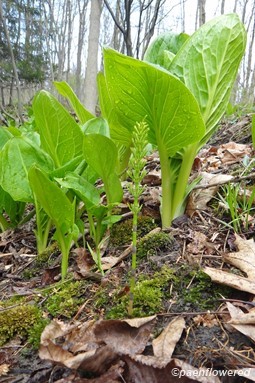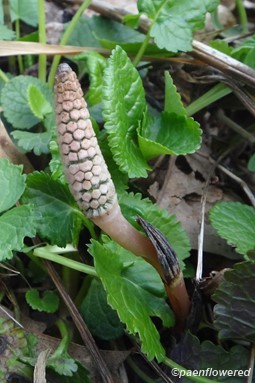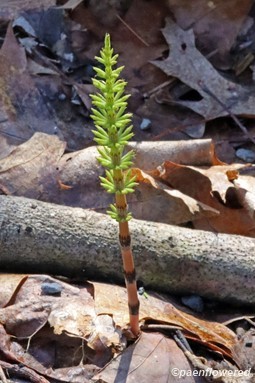Equisetum arvense
Most common and bushy of horsetails
Equisetum arvense field horsetail
Very common horsetail that is quite variable in form, from upright to spreading, and small to medium-large. Fertile stem and cone appear early in the season and wither and disappear by May. Environmental condition affect growth habit.
Habitat & Range
Grows in fields, woods, marshes, roadsides, and waste grounds. Can grow in any soil but prefers damp, sandy, semi-shaded areas.
Present throughout the state.
| EMP: | FAC |
|---|---|
| NCNE: | FAC |
Phenology
Cone appears in early spring and withers and disappears by May.
Characteristics
Fertile stems 6 to 12 in. tall. Upright, light brown, unbranched, succulent with cone; short-lived (from March to May). Sheath 1/2 in with large, dark, lance-shaped teeth.
Sterile stems 6 to 24 in. tall; green, 4 to 14 ridges; sheaths with small, dark brown teeth with white margins, often connected in pairs. Stems solitary or close together.
Branches regular whorls ascending or somewhat spreading, giving bushy appearance. Solid (not hollow) with 3-4 pronounced ridges and grooves. Lowest internode of branch longer than adjacent stem sheath. Branch sheath green with 3 to 4 sharp-pointed, dark-tipped teeth spreading outward.
Cavities central cavity relatively small, 1/4-1/3 stem diameter. Vallecular canals relatively large (1/3-1/4 width of central cavity)
Cone 1-1.5 in. long. Long-stemmed, blunt-tipped.
Rhizome slender, dark brown, branching and creeping; covered with a brown felt; tubers sometimes present.
Plant Codes
S-rank: S5 (Secure)
G-rank: G5 (Secure)










.jpg?v=638486723630000000)


.jpg?v=637536161850000000)
Comments
Have you spotted this plant in your area? We'd love to hear about your experience! Share your comments or questions about the plant below. Comments are moderated before posting.